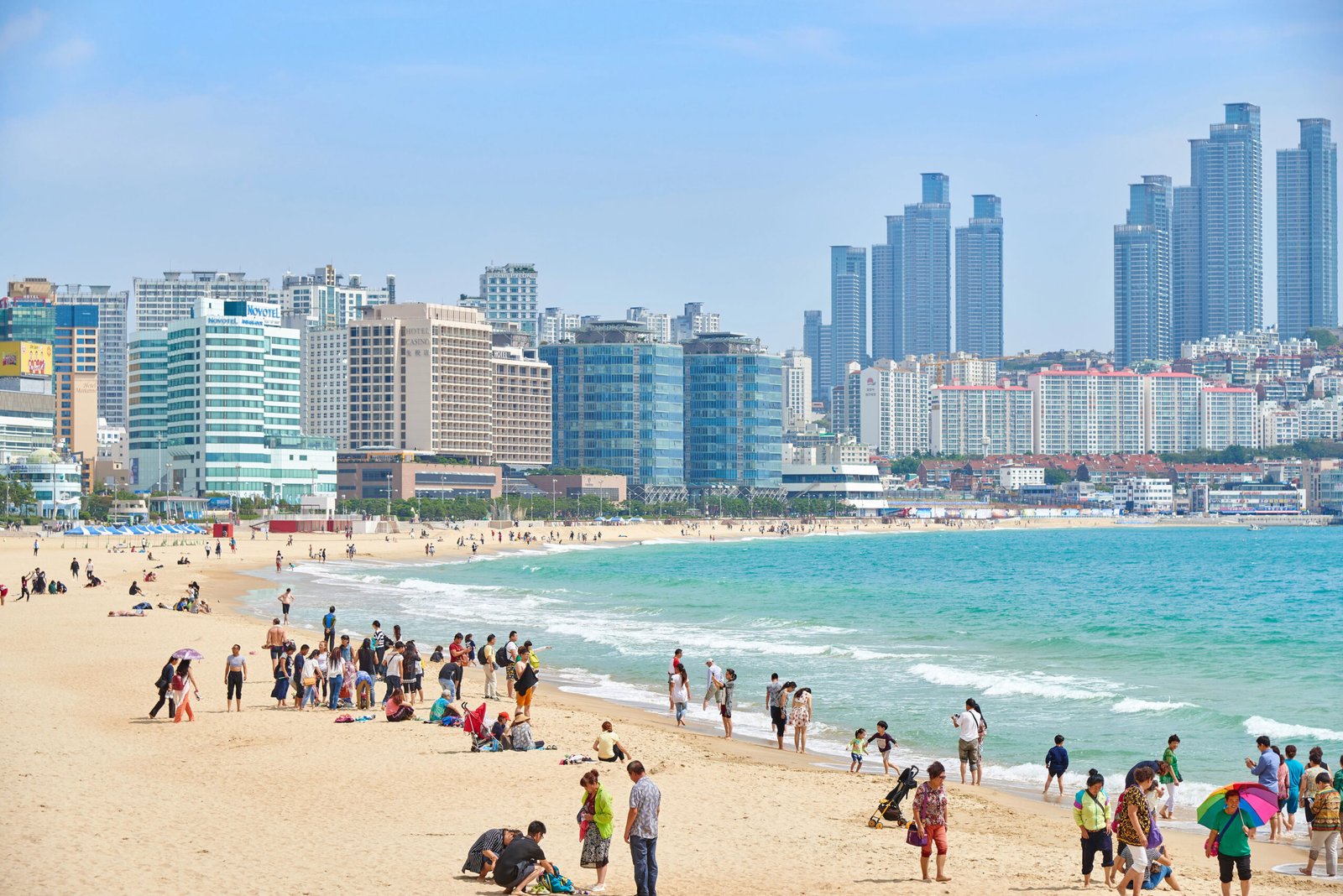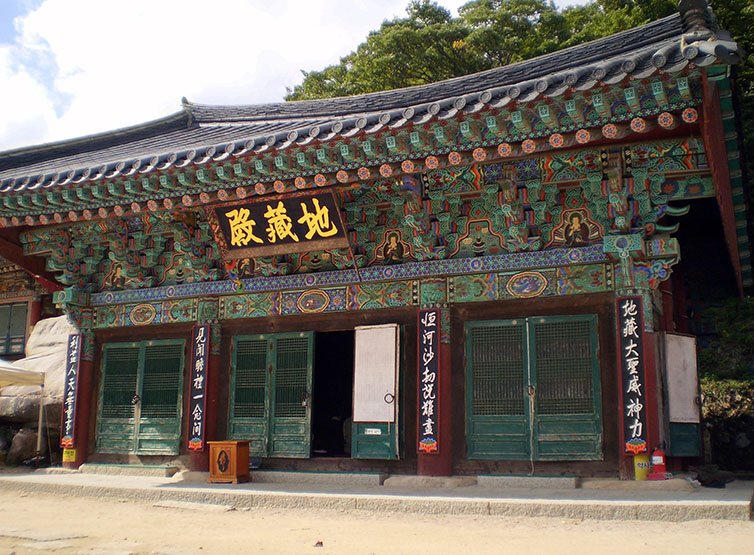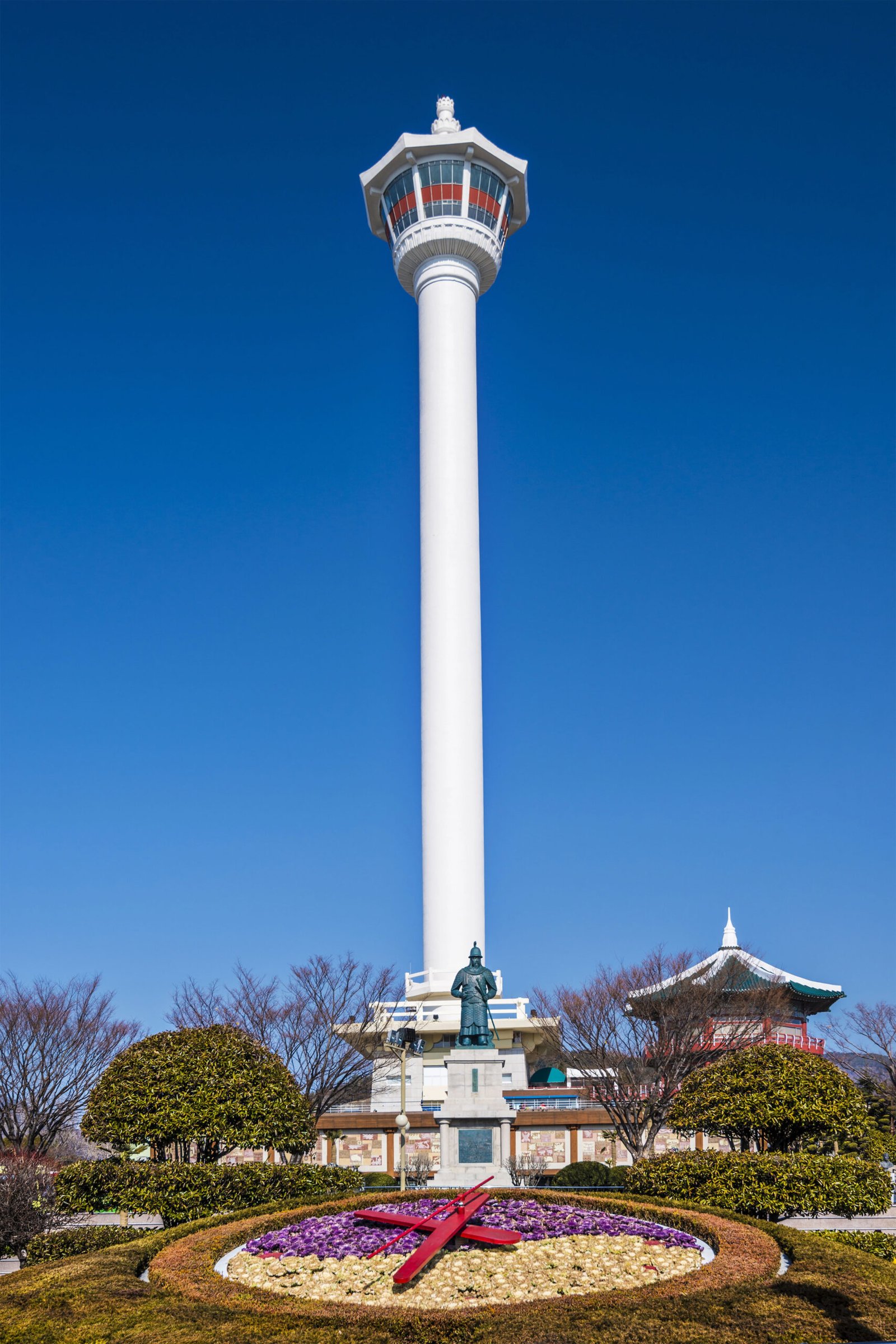South Korea's Second City
Busan, South Korea's second-largest city, is a vibrant metropolis situated on the southeastern coast of the country. Known for its significant role in the nation’s economy, Busan boasts one of the world’s busiest ports, contributing to its bustling maritime activities. The city stands out as a pivotal center for trade and commerce, providing a dynamic environment that attracts both locals and international visitors.
Beyond its economic importance, Busan is rich in cultural heritage and offers a unique blend of traditional and modern elements that captivate tourists. The city showcases its historical depth through centuries-old temples, street markets, and festivals that embody Korean traditions. At the same time, modern architecture and urban development reflect the city's forward-looking vision, making it an exciting destination for travelers seeking diverse experiences.
In addition to its cultural and economic significance, Busan is home to stunning natural landscapes, including beautiful beaches and scenic mountains. Haeundae Beach and Gwangalli Beach are popular among both locals and tourists for their pristine sands and clear waters, whereas Geumjeong Mountain offers breathtaking hiking trails and views of the city’s skyline. The harmonious juxtaposition of urban and natural beauty enhances the appeal of this remarkable city.
Places
Busan Highlights

Haeundae Beach
Haeundae Beach, situated in Busan, South Korea, is renowned for its stunning sandy shoreline and lively atmosphere. Spanning approximately 1.5 kilometers, this beach is not only one of the most famous in South Korea but also a significant cultural landmark that attracts millions of visitors each year. The beach is framed by towering skyscrapers and various entertainment options, creating an eclectic environment where traditional charm meets modern urban life.
One of the primary draws of Haeundae Beach is its wide array of activities, appealing to visitors of all ages. During the summer months, the beach is bustling with people seeking to engage in water sports, such as jet skiing, paddleboarding, and banana boat rides. The clear waters and gentle waves provide the perfect setting for both experienced athletes and beginners looking to enjoy a thrilling experience. In addition to recreational activities, Haeundae Beach also hosts a number of exciting events throughout the year, including the Haeundae Sand Festival, featuring stunning sculptures made entirely of sand.
Moreover, the beach's vibrant atmosphere is complemented by a variety of dining options situated along the coast. Visitors can indulge in a plethora of local cuisines, with numerous seafood restaurants offering fresh catch, alongside international eateries catering to diverse palates. As the sun sets, the area transforms, providing a lively nightlife scene with bars and cafés that showcase local music, contributing to an unforgettable experience for both tourists and residents alike.

Beomeosa Temple
Beomeosa Temple, nestled in the tranquil foothills of Geumjeongsan mountain, represents one of Busan's most significant cultural and spiritual sites. Established in the 7th century during the Silla Dynasty, this temple has withstood the test of time, offering visitors an opportunity to immerse themselves in over a millennium of Buddhist heritage. The temple is prominently known for its exquisite architectural configurations that blend harmoniously with the surrounding natural landscape, embodying the fundamental principles of Korean Buddhism.
The temple complex features numerous stunning structures, such as the Daeungjeon Hall, which is the main hall housing a revered Buddha statue. Each building within Beomeosa Temple is adorned with intricate carvings and vibrant paintings that depict various aspects of Buddhist doctrine and lore. The thoughtful arrangement of the temple, coupled with the serene atmosphere created by the mountain’s backdrop, invites a sense of tranquility that encourages visitors to reflect and meditate.
Visitors to Beomeosa Temple often participate in temple stays, an experience that allows them to engage with the daily practices of monastic life. During these stays, individuals can partake in meditation sessions, learn traditional Buddhist ceremonies, and even enjoy simple vegetarian meals that exemplify the principles of mindful eating.

Busan Tower and Yongdusan Park
Busan Tower is an iconic landmark situated in the heart of Busan, South Korea. Rising to a height of 120 meters, this observation tower offers breathtaking panoramic views of the city and its breathtaking coastline. Constructed in 1973, Busan Tower has historical significance, having been a symbol of Busan’s progression and development over the decades. Visitors can ascend to the observation deck, where they can enjoy an uninterrupted view of the bustling cityscape, the serene sea, and the surrounding mountains.
The appeal of Busan Tower is only enhanced by its location within Yongdusan Park, a beautiful urban park that complements the tower's grandeur. Spanning several acres, Yongdusan Park features vibrant gardens, carefully curated walking paths, and various sculptures that reflect the cultural heritage of South Korea. This landscaped environment provides a tranquil escape from the fast-paced urban life of Busan, making it a favored spot for locals and tourists alike. The park is also home to the statue of the Admiral Yi Sun-sin, an important historical figure in Korean history, which honors the country’s rich cultural legacy.
The combination of Busan Tower and Yongdusan Park makes this attraction particularly appealing for those looking to relax and enjoy scenic vistas. Families can take leisurely strolls through the park's beautifully maintained pathways, while couples may choose to catch the sunset from the tower's observation deck, creating memorable moments together.
